Help Desk and Project Management Combined
OneDesk combines full-featured help desk and project management onto a single platform.

Multiple solutions in one software
OneDesk’s unique suite of features provides both a full help desk and project management software. These two solutions are contained within one application and work seamlessly together.
Support customers while managing internal projects; Receive requests or feedback on your services; Collaborate with customers on project tasks. How you work is up to you — OneDesk offers customizable workflows.
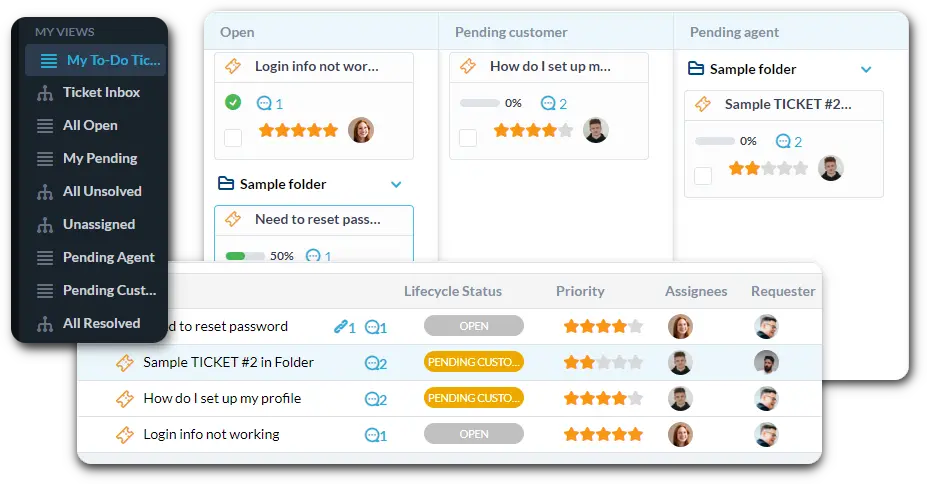
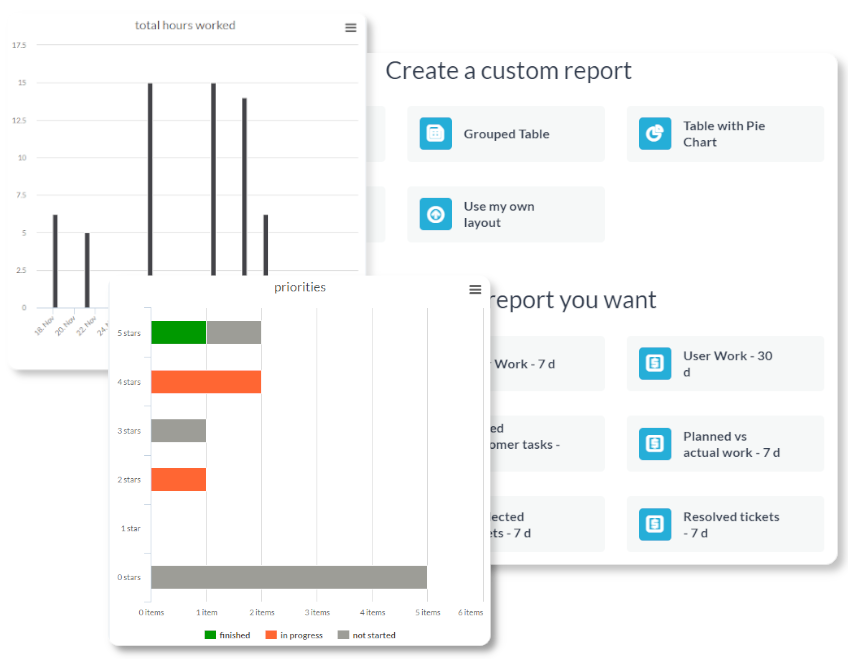
Fulfill multiple organizational needs
Support, marketing, IT, development — whatever teams you have can all work within one system. Why pay for, learn, or switch between multiple applications? OneDesk allows all your teams access to all their combined help desk and project management needs. Permissions and access controls allow you to keep work relevant and accessible to the right people.
Improve customer and end-user relationships with a help desk
Provide support or follow-up
Customers can submit requests, questions, feedback and more as tickets. You can receive tickets into OneDesk directly from your email inbox(es) or multiple other channels. Centralizing your tickets makes customer service simpler. Respond to a customer directly from OneDesk and your customer will receive it to their own inbox.

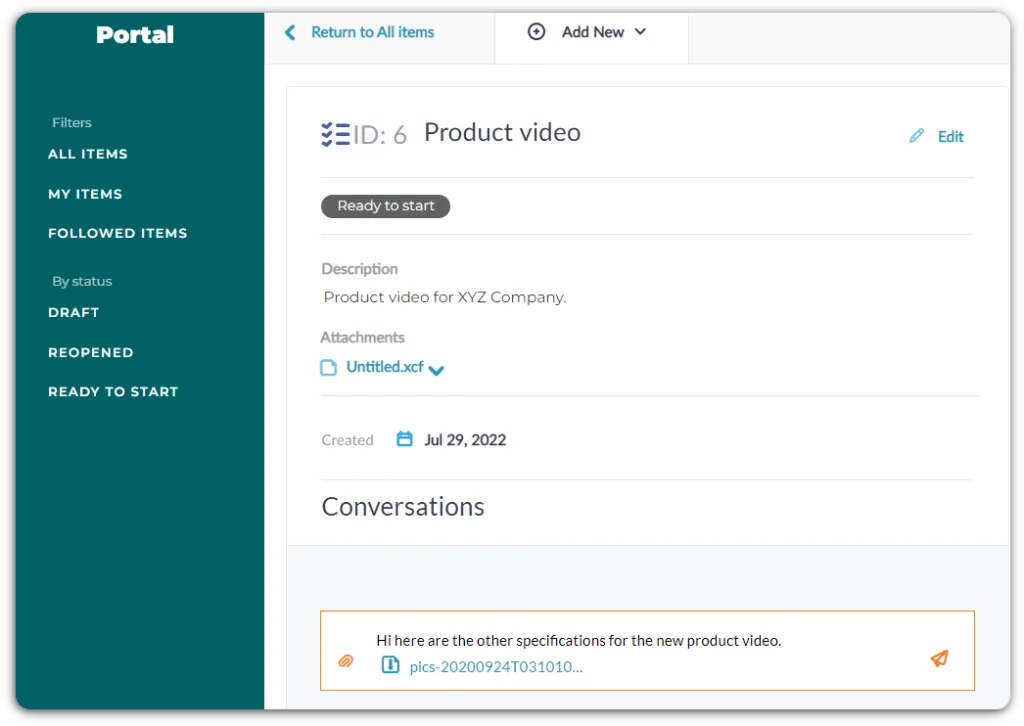
Collaborate with clients
Utilize OneDesk’s customer-facing applications to facilitate communication or collaboration with clients or end-users. The portal provides a place for customers to login and view their tickets or tasks, submit new requests, attach files and communicate. You can configure your portal’s visibility and permission settings to your needs.
Receive requests and feedback
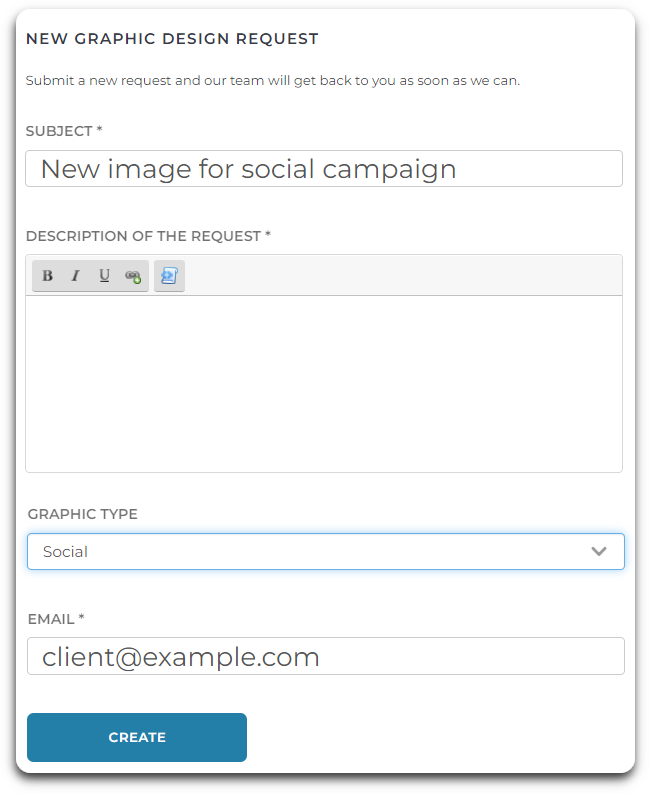
Manage internal or external tasks and projects
Track tasks and tickets together
Work on tasks and support customers at the same time. Improve your services by tracking and reporting on customer issues and feedback.
Escalate issues and requests
Escalate support tickets into tasks, allowing you to plan the work around it or add it into your project or release schedules.
Convert a ticket into a task then push it to the right team or a manager. For example, push a customer’s bug report to the testing or development team.
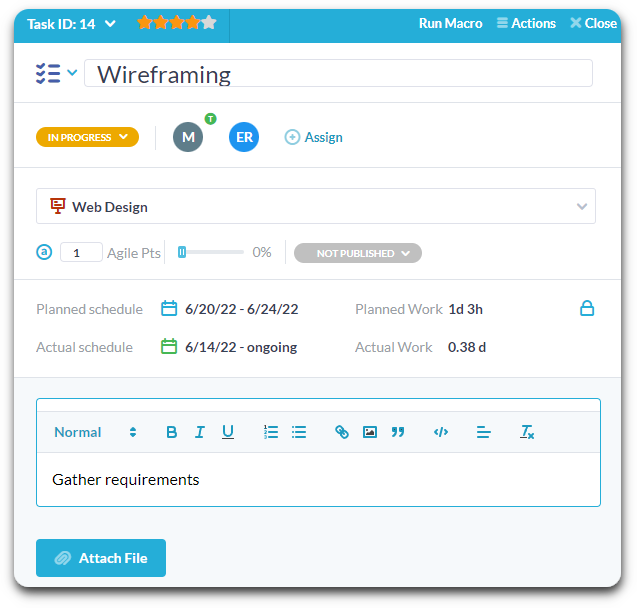
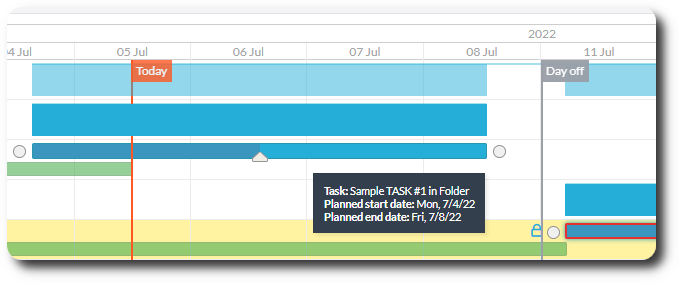
Robust task management
OneDesk offers full-lifecycle task management. Plan and schedule tasks using Gantt charts and calendars. Create subtasks to break-down complex work. Set up task dependencies such as start-to-finish or finish-to-start.
Simplify your workflow
Set-up and simplify your work using flexible automations. For example:
- Auto-route tickets to the right team.
- Send notifications before a task is due.
- Re-assign a task if it enters a certain status.
- and much more!

FAQ: OneDesk help desk & project management
Why combine help desk and project management?
There are many reasons you might prefer a system that combines help desk and project management. Some reasons include:
- Escalate issues or tickets
- Reduce silos between teams
- Incorporate customer feedback or requests into projects
- Avoid information falling through the cracks
- Reduce costs of multiple systems